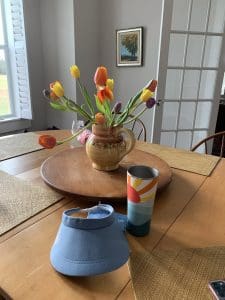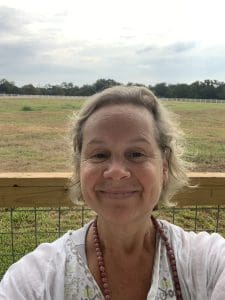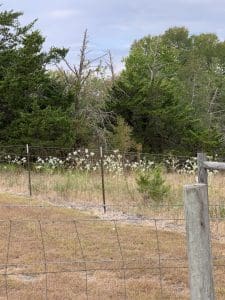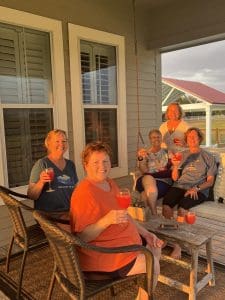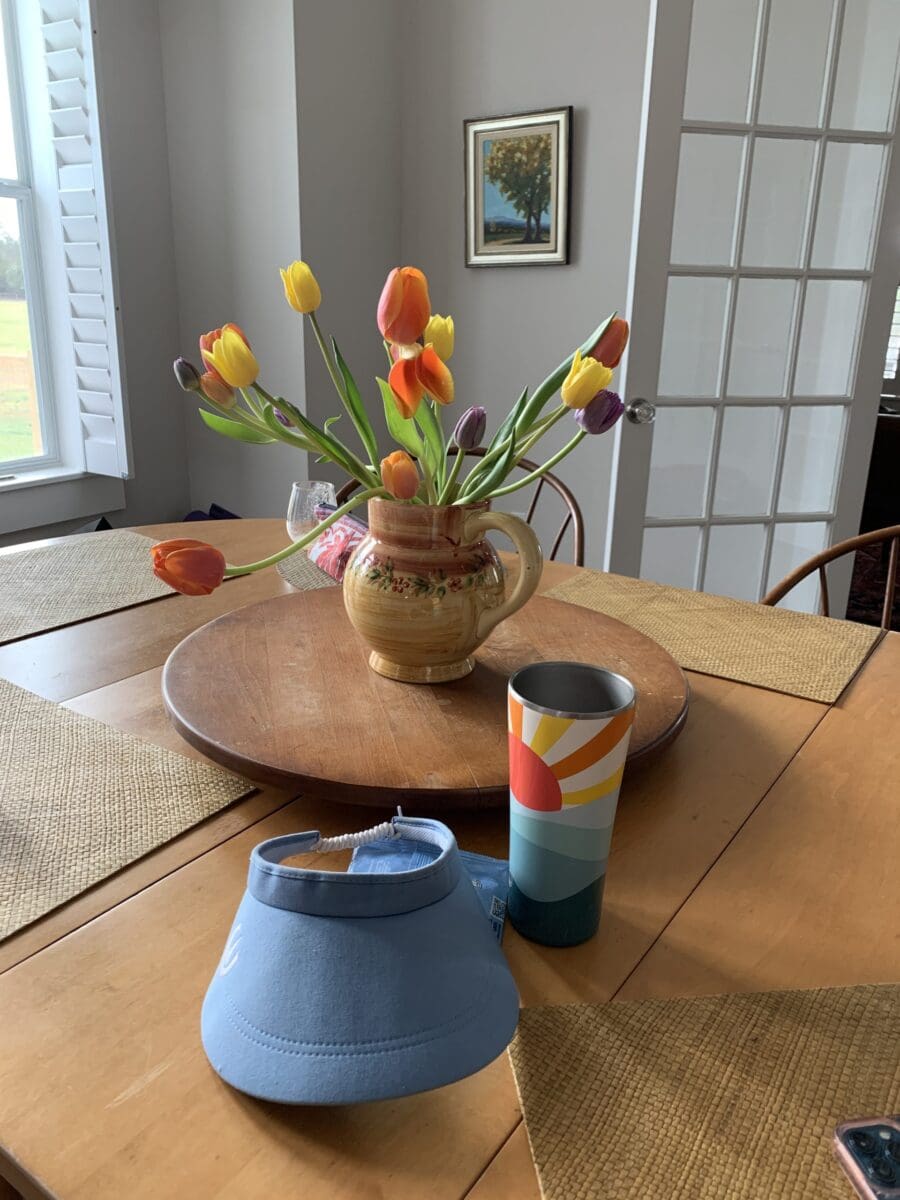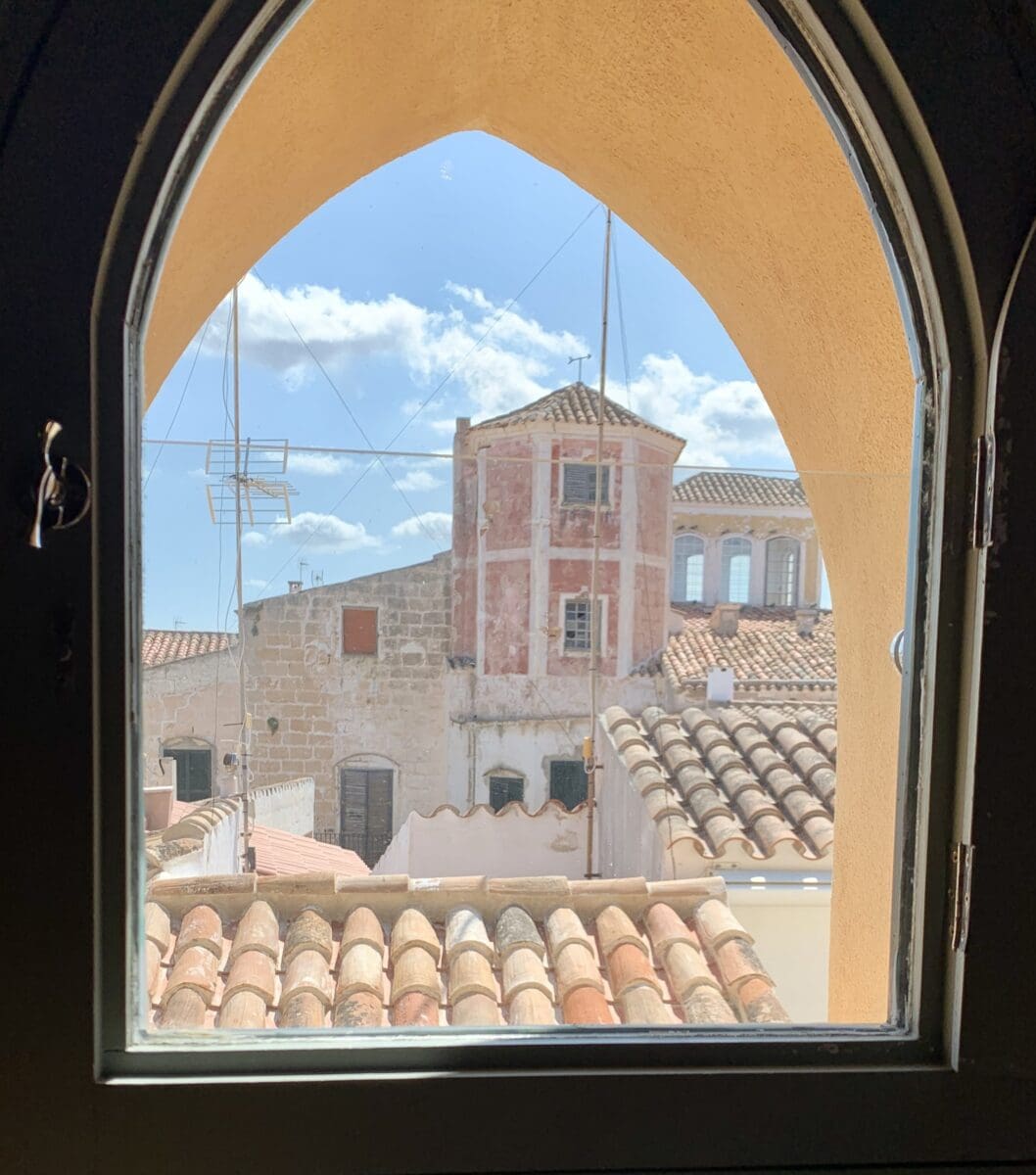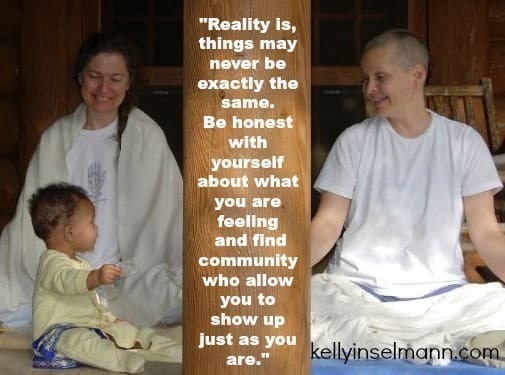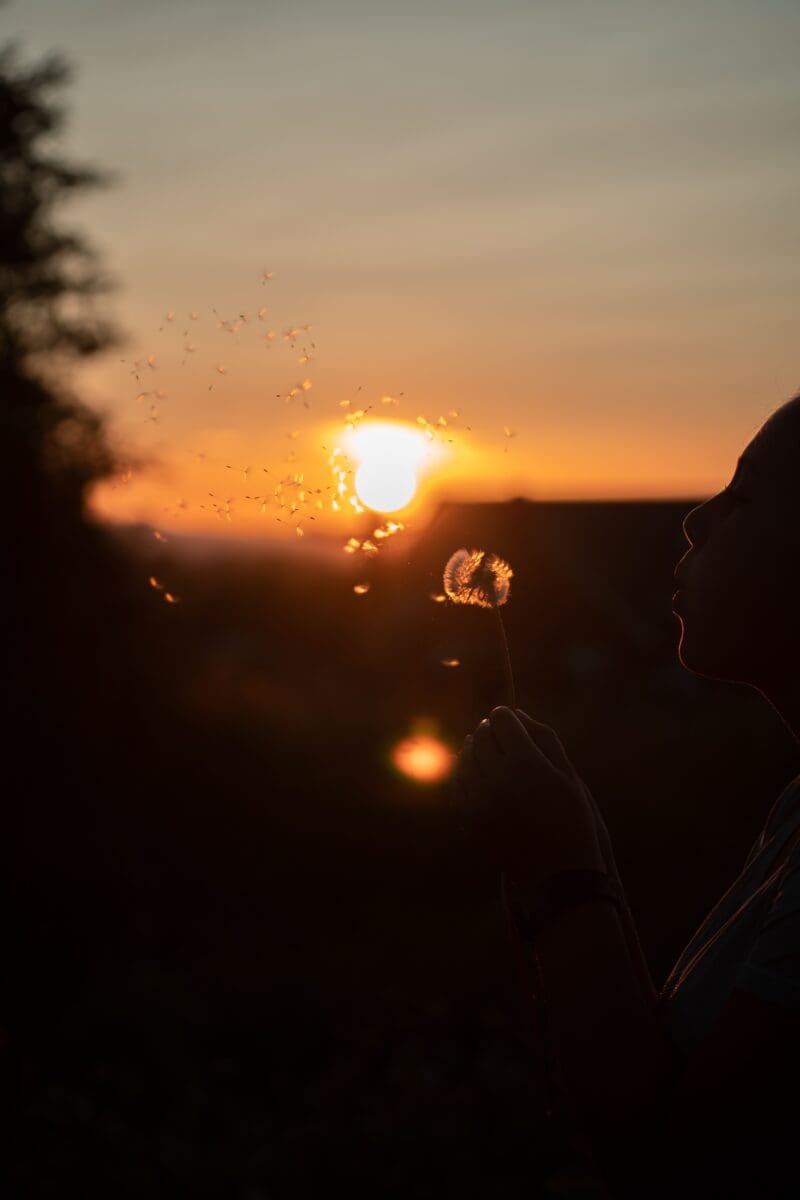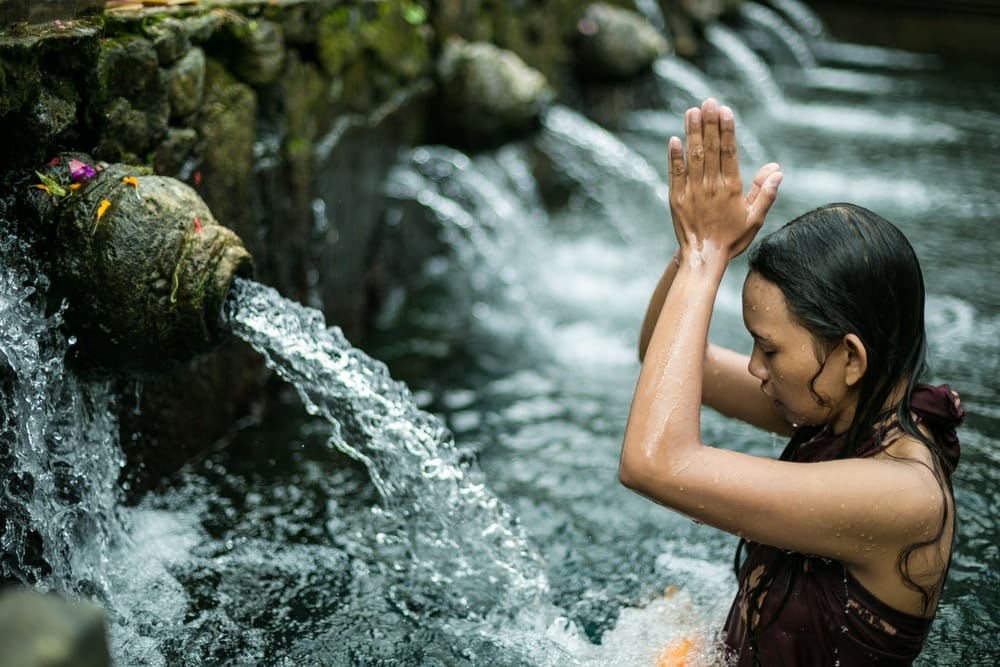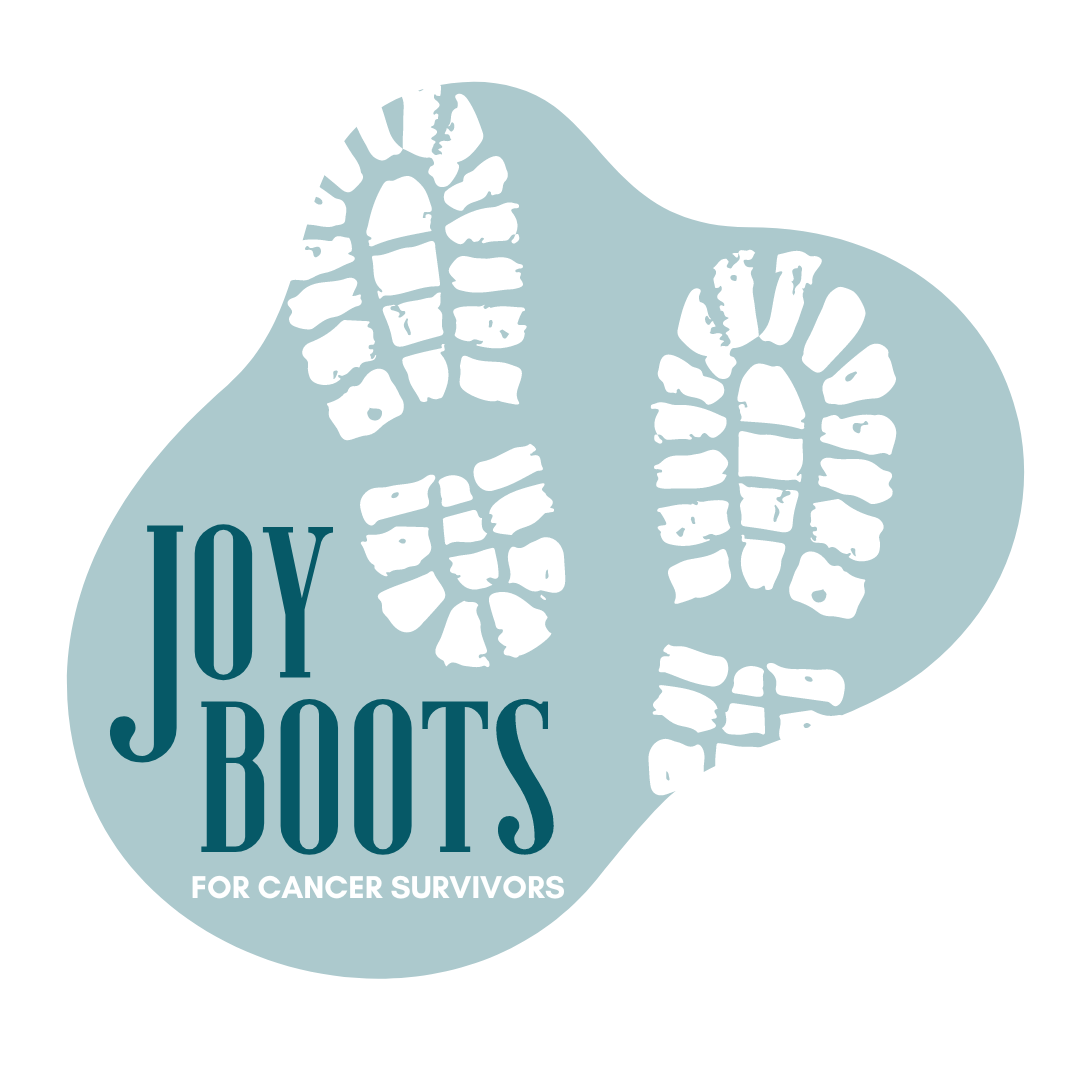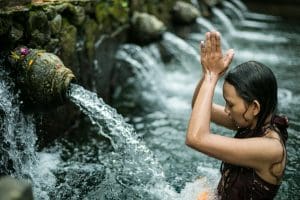
Setting an intention for your meditation practice is a powerful exercise, not just at the New Year, but on a regular, even daily, basis.
Meditation and yoga begin with looking inside to sense, observe, and understand the inner world of your body, mind, and emotions. Consciously choosing an intention to support your healing and higher Self can interrupt automatic, unexamined, patterns of thinking, moving, and reacting.
For example, new yoga students sometimes set an intention of “being open” which interrupts the idea that they should already know how to do the asanas (yoga postures) in class and helps them be less judgmental of themselves as they learn.
I love hearing the intentions of yoga students, psychotherapy clients and friends:
Angela (all names changed for confidentiality) is in a 12 step program and uses daily prayer and meditation to feel centered each day. She shares that her “only intention these days is to sit again for meditation the next day.” Her practice, taken a day of commitment at a time, has turned into a powerful tool.
When Jeannine attends my Yoga and Talk for Cancer Survivors Group, she shares that she finds herself sleeping a lot and avoiding exercise. While she knows rest is important for recovery, her deeper intuition is that to “stay young I need to move my body a little more each day.” Her intention is to increase her exercise from minimal to moderate each day.
Gina is several years past active treatment for lymphoma. During treatment she realized how critical she can be of others and herself. She comes to weekly yoga class because it’s “helping me learn to love myself.” She makes an intention each day to notice when she is judging herself harshly or cruelly. She doesn’t stop there. Once she notices the belittling thought, she counters it with a compassionate one such as “You are trying hard. One step at a time.”
Frank’s intention is to keep “living life,” and not allow the cancer diagnosis to lay him so low emotionally that he quits participating in family life. He wants to reach out for community when he feels depressed and not isolate.
Sylvia is a self -described neat freak. She likes everything in its place in her lovely home. Her intention each day is to surrender the idea that “things always have to look perfect” in order for her to feel relaxed inside.
I want to share the intention I developed with the help of my friend and yoga teacher, Guruatma Khalsa (http://www.yogic-tools.com), 8 years ago, when I was really struggling with getting back to an active life after a year of treatment for stage 3 breast cancer. I wanted the same energy I’d always had!
I was in denial regarding how long the side effects from treatment can linger. Lymphedema of the arm, fatigue, and chemobrain were interfering with my pre-cancer pattern of taking on lots of projects at once. The more I recovered, the more I wanted to DO. DOING more has always been a way that I have felt worthy and appreciated. Can you relate?
Guruatma shared with me a teaching of Yogi Bhajan, master of Kundalini Yoga. He taught that from a yogic perspective, autoimmune disorders (including cancer on this continuum) are about learning to appreciate your own sacredness.
Instead of feeling defensive, as I sometimes can when I hear a psychospiritual interpretation of illness, this idea of honoring my own sacredness touched me profoundly. I could clearly see how pushing myself to DO MORE, when my body was asking for rest and healing, was the opposite of valuing my own sacredness.
I find that the question of What is Sacred? comes up for many people as they face cancer and its aftermath. In my work as a psychotherapist and yoga teacher over the last 20 years, I hear how this universal spiritual theme catches people by surprise during physical and emotional ordeals.
Some are led to deeper faith, others feel at loose ends and grapple with a sense of meaninglessness as their world is re-arranged. For some of us, it’s both.
Everyone I’ve ever interviewed for my Yoga and Talk Therapy Groups for cancer Survivors has experienced moments of suffering and of realizing the fragility of life. They are much more aware of our interconnectedness and interdependence, and the beauty and poignancy of nature and humanity. Regardless of religious background or lack thereof, almost everyone has a story about how a moment of connection to the DIVINE gave them hope and strength. Sometimes that moment has come about through connection to another person, sometimes to nature, sometimes it’s an internal experience like a dream or intuition. The variations are fascinating.
I’m always moved by what people are able to survive and live to tell about. When I ask about the transcendent moment that strengthened or inspired them, for some, it’s the first time they are talking about it. Because it is so personal and meaningful, some fear they won’t be believed and have protected their story from the casual scrutiny of family and friends.
Sometimes people ask me why I like working with people touched by cancer. This is why: it keeps me in conversation with what is sacred.
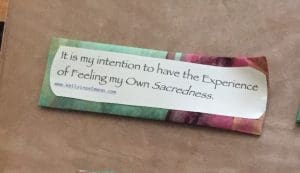
To contemplate this idea of sacredness, I began my daily meditation practice with this phrase: It’s my intention to have the experience of feeling my own sacredness.
I sit with this intention for a few moments each day, even 8 years later.
This morning, as I sat with the intention of feeling my own sacredness, my belly relaxed. The muscles of my face and jaw loosened and I mentally came in to awareness of still being present on earth at this moment in space and time. In my appreciation for still being here on planet earth, I felt pretty good. There was gratitude, even joy.
I noticed sensations of discomfort, in my arm with its mild lymphedema, and in my back behind the area where I had surgery. I also noticed how flexible and capable my body is in so many ways.
I allowed all the sensations and feelings of today to make themselves known and be welcomed. This is how I honor my own sacredness, by accepting all parts of myself: the physical sensations, my feelings, my mind (busy or quiet) and my heart. Sometimes I feel impatience, anger or discouragement. However I show up in that moment is perfectly ok. It’s how I keep connected with what is true.
There have been days when once I feel my own sacredness, I’m done! I mean, what else is there?
Other times, I have thoughts about how I want to eat or exercise, how I want to treat others, and which items can be left off my to-do list in order to have a less stressful day. I move into yoga or meditation to nurture my body and mind as part of feeling my own sacredness. The intention gives me permission to take the time I need, even when my busy or bored mind wants me to move on.
Today, I am also reminded that more important than DOING anything perfectly is BEING PRESENT with my 9-year old daughter and my husband for the time I will spend with them.
Take sacredness as your intention or create a different one using the phrase “It’s my intention to have the experience of feeling _________________ by the Grace of God.” You can substitute your own words to guide your further healing.
As we step into 2017, may we move forward together in health, compassion, justice, peace, and recognition of the sacred in our lives.
